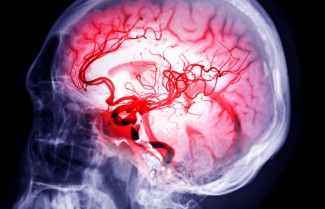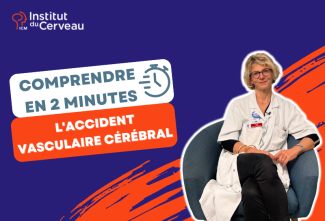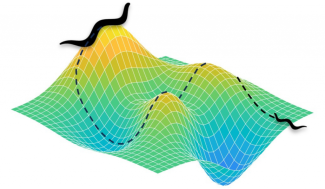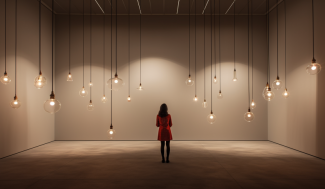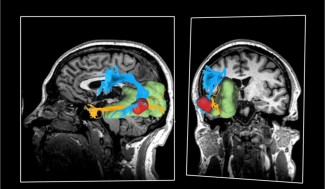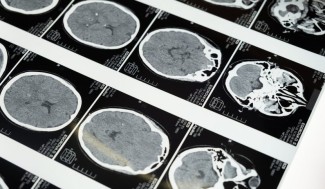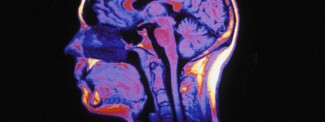The immediate and secondary management of the cerebral patient depends on the type of stroke (avc) previously identified by irm. In 80% of cases, avc is due to an artery in the brain that is clogged, called a cerebral infarction. In 20% of cases, avc is due to the rupture of a vessel in the brain, this is called a cerebral haemorrhage.
Stroke Management
The primary objective of emergency management is to minimise irreversible damage to the brain, either by restoring blood circulation in the event of an ischemic attack or by reducing blood effusion in the event of a haemorrhagic attack.
For ischemic stroke, thrombolytic injection can dissolve clots, whereas endoscopic thrombectomy can reopen the blocked artery. Thrombectomy involves sucking the clogged blood clot out of the artery through a catheter inserted into the patient’s femoral artery and up into the arteries of the brain.
After a Stroke
In the days following the stroke, the important thing is to prevent recurrence, which is highest in the 7 days after the stroke before decreasing.
In the following weeks, a complex, multidisciplinary management is put in place, ranging from kinesiotherapy methods to more elaborate techniques whose objective is to promote brain plasticity, i.e. the brain’s capacity for plasticity to use the networks of non-injured neurons to perform a task. Rehabilitation teams usually include doctors, physiotherapists, speech and language pathologists and occupational therapists.
At Paris Brain Institute
Researchers at Paris Brain Institute are trying to understand the neurological process of brain plasticity that occurs in the brain in response to a stroke and are focusing on post-stroke recovery by determining the criteria that allow optimal rehabilitation. The latter is possible through therapeutics, for example Trans-Crânian Magnetic Stimulation of rehabilitation through home transferable devices such as an interactive robot or therapeutic games. These approaches improve day-to-day living and alleviate patient sequelae.

